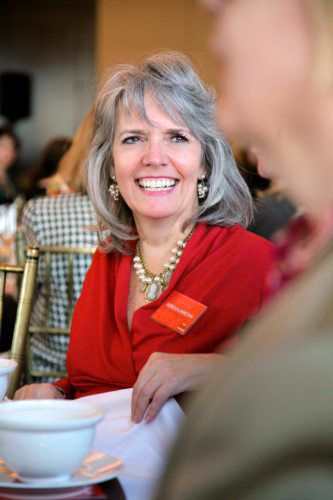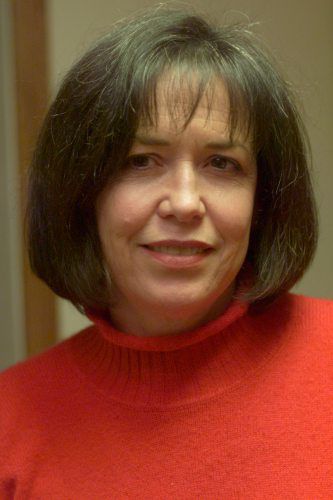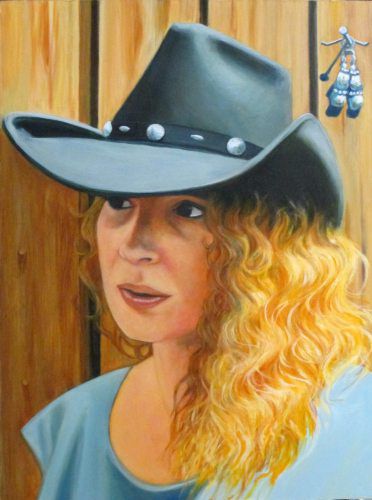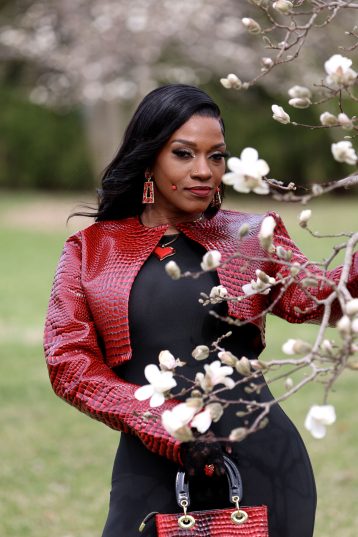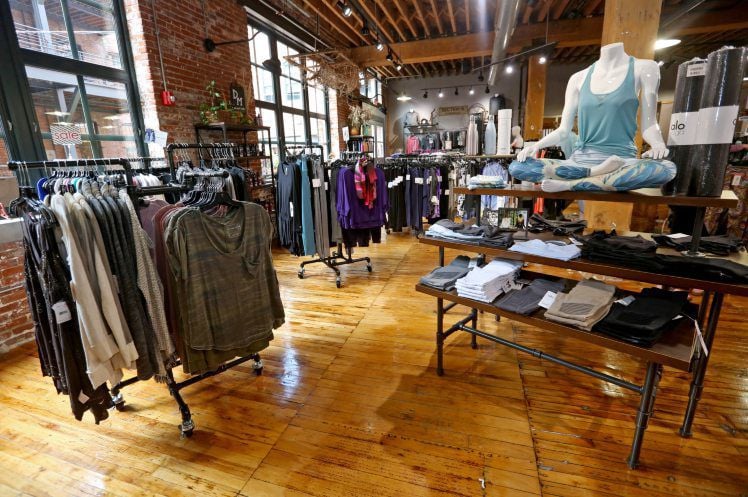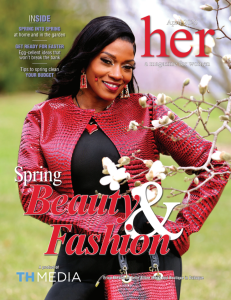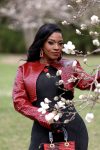Where do ideas come from? A pragmatist might say from daily life. A scientist might say from the hippocampus, the horseshoe-shaped part of the brain that houses emotion and memory. A poet might say from the Muses — those berobed goddesses of music, dance and poetry. A psychologist might say from struggle.
I say, it’s a mystery too glorious to solve but well worth pondering.
Recently, necessity was the mother of invention for 26-year-old Kylie Scott Degan, of San Francisco, who was hoping to land a job in social work and eventually make films before the pandemic.
Instead, under quarantine, she struck comedic gold on TikTok. There, she parodied Zoom misadventures in a sketch for which she donned eight outfits and personalities.
Degan is living proof that as John Lennon sang, “Life is what happens to you when you’re busy making other plans.”
“It forced me to do a lot of self-actualization and looking at what I really wanted to do,” Scott told The Wall Street Journal.
Degan is one in a long line of women who make lemonade out of lemons.
Weight Watchers got its start in 1951, when Jean Nidetch, a homemaker with a cookie addiction, was asked at a Queens supermarket when her baby was due. (Um, she wasn’t pregnant). Her empire evolved after she lost weight, but her resolve weakened, prompting her to establish a support group.
In that same era, humorist Erma Bombeck wasn’t the only one to think it was idiotic when ads showed a woman swooning from the scent of her freshly washed clothes, but she was among the first to say so. Erma would later tell People magazine, “It seemed irreverent to take on children or housecleaning. Women were embarrassed to laugh at it, but they wanted to.”
Asked where her ideas come from, Ann Patchett, author of the unforgettable “Bel Canto,” said, “What I’ve realized is that all of my books have been the same book. I write a book that is about a group of people who are pulled out of one family or situation and dropped into another one in which they are not familiar, and then I see how communities are formed.”
A single idea, but in her gifted hands, it’s a doozy.
In the world of contemporary music, singer Billie Eilish, at 18, is the winner of five Grammy Awards. She defied the stereotype of the sexy young singer by concealing her body in over-sized clothes, perhaps both to keep body-shamers at bay and to heighten the focus on her music. Like all creative people, she continues to experiment, and during a recent dramatic performance, she revealed her torso clad in only a black bra. (Part of Eilish’s magic is that she mostly keeps herself to herself. My speculation is that the tables were turning so that the concealment of her body — rather than the revelation of it — was getting in the way of her music.)
Eilish’s wardrobe choices explore gender expectations, which in the realm of creativity have long been debated. A perhaps oversimplified notion is that men more typically rely on the left brain (logic) and women on the right (imagination). It probably won’t surprise you that a 2013 Stanford analysis of MRIs undergone by both genders showed male brains have more connections within each hemisphere, and female brains are more interconnected between the two, suggesting that women zigzag back and forth between logic and intuition more readily than men do. (Consider a perhaps hackneyed example from the Stone Age, when men focused chiefly on hunting prey, and women multi-tasked among cooking, tending fires and watching children.)
In my experience, women take great pleasure in collaboration. A memorable surprise for me was when my friend, Dubuque artist Cynthia Nelms-Byrne, turned my poem, “From This Valley” — about my doomed romance with a cowboy — into a painting. Her portrait of a red-haired woman in a Western hat, wearing a moody blue top, symbolized a flame grown cold. I never would have thought of that.
For more on creativity, check out “Art Matters,” by Neil Gaiman (“Do the stuff that only you can do.”); “Syllabus,” a workbook by Lynda Barry, with wonderful writing and drawing prompts (“Start by noticing what you notice.”); and “Big Magic,” by Elizabeth Gilbert (“It might have been done before, but it hasn’t been done by you!”).
Rebecca Christian is freelance writer from Ames, Iowa.

